October 7, 2024
Office design goes to the movies
 Following our recent attempts to create a rudimentary playlist of songs that tell us something, or perhaps nothing, about office design, office life and office furniture, here’s another look at how the parochial world of the workplace can brush up against popular culture. It does this unnoticed for most people, I suppose, but not for those of us bound up in this world. We’re not the sort of people who can ignore the regular, brief glimpse of an Aeron chair’s ubiquitous mesh without a synapse of recognition sparking up. So, here is a brief rundown of nine movies that use office design to make a plot point or set up a character development.
Following our recent attempts to create a rudimentary playlist of songs that tell us something, or perhaps nothing, about office design, office life and office furniture, here’s another look at how the parochial world of the workplace can brush up against popular culture. It does this unnoticed for most people, I suppose, but not for those of us bound up in this world. We’re not the sort of people who can ignore the regular, brief glimpse of an Aeron chair’s ubiquitous mesh without a synapse of recognition sparking up. So, here is a brief rundown of nine movies that use office design to make a plot point or set up a character development.




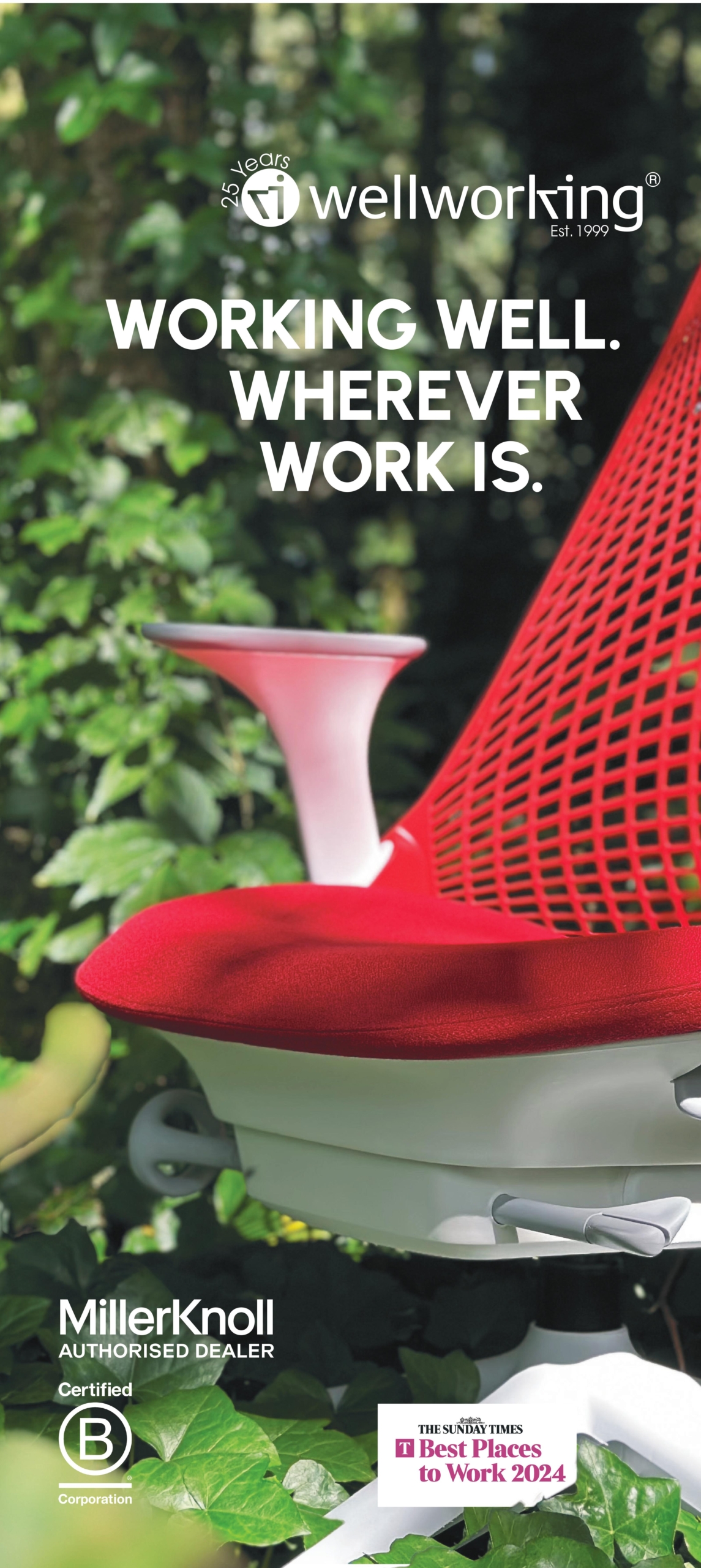

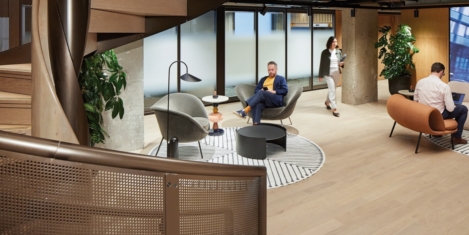
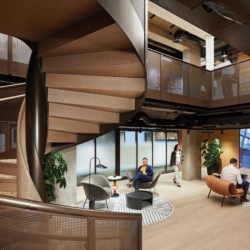



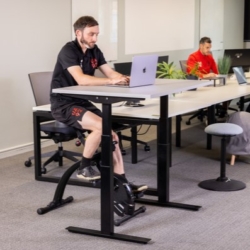


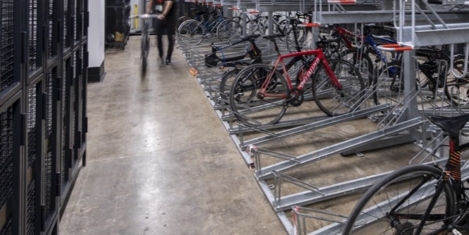
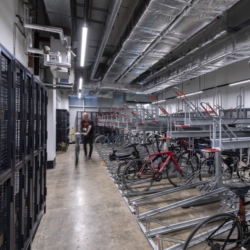

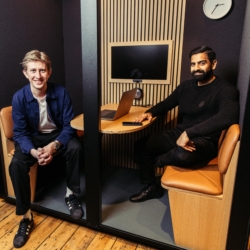
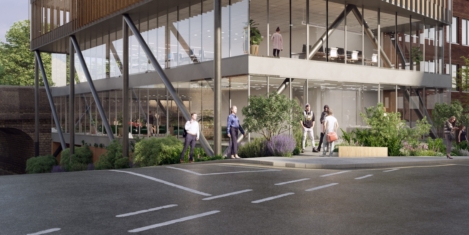






 After soon-to-be 25 years of serving as Chief Executive for the British Council for Offices, Richard Kauntze will be stepping down in summer 2025. His successor will be appointed by the
After soon-to-be 25 years of serving as Chief Executive for the British Council for Offices, Richard Kauntze will be stepping down in summer 2025. His successor will be appointed by the 




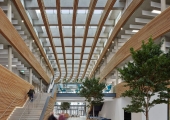



October 21, 2024
The rise of the part time office opens up a new frontier for market growth
by David Rawlence • Comment, Flexible working, Property